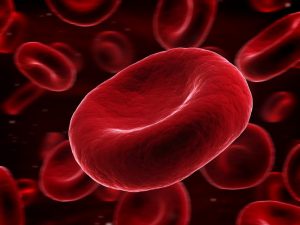Energize Your Life

Fruits are the most electric food. That is why lemons can turn on a light bulb but a stake can’t. Our body, and our nervous system, runs on electrical currents. In fact, your cells generate electrical charges, via electrolytes like sodium and potassium, using a mechanism known as the “sodium-potassium gate”.
Fruits are the food with the highest source of water, our bodies are mostly water. There isn’t much water in meat, eggs, or cooked food. Fruits are easily digested, they rarely cause inflammation, and create little waste. Fruit minimizes digestive discomfort, and helps keep in keeping a clear mind, making it one of the best dietary options for students at any academic level.
The human body is an unbelievable machine. It can do many wonderful things. It is magical, sometimes hard to describe. Better fuel leads to better performance, just like a race car. We need to give our bodies the cleanest and purest fuel available. We wouldn’t put low quality gas on our Ferrari, if we did, it would perform bellow its potential. Human bodies react the same way to unhealthy food. We want children to thrive in school, we want students to succeed in college, we are responsible for providing them with energy to handle long ours of studying.
Our brain cells burn more energy than anything else, and they run on glucose, not proteins, nor fats. In fact, studies show that glucose is virtually the sole fuel for the human brain, except during prolonged starvation. Fatty acids do not serve as fuel for the brain, because they are bound to albumin in plasma, and don’t traverse the blood-brain barrier. In starvation, ketone bodies generated by the liver partly replace glucose as fuel for the brain, this is a less efficient process. Muscles are also known to run on glucose, with fatty acids and ketone bodies serving as complements. (1)
Previous Section:
Acknowledgments
Next Section:
Acknowledgments
Thank you for reading!
Please donate to help us publish this book.
PayPal: trevesbruno@gmail.com
Venmo: @Bruno-Treves
Sources:
(1) https://www.ncbi.nlm.nih.gov/books/NBK22436/



